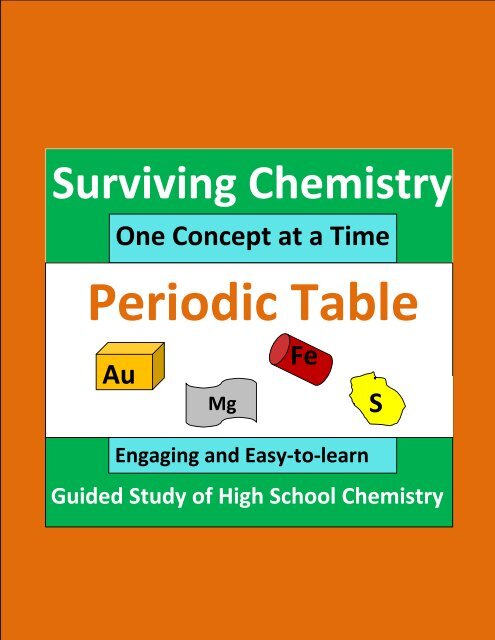

WRAP-UP/HOMEWORK: For those groups that determined that theirīlind dates ended in successful matches between their elements, each student now draws a compound formed from a combination of the two elements.

If a “match” is not possible, the group needs to explain why the two elements could not bond in a compound.Ĥ. If a “match” is possible, the group will determine the potential bonding combinationsįor the two elements. Each group of four will then analyze whether the date can produce a successful match (i.e.

Each pair of students who created a “dating profile” that was put in the bag should now join the pair of students who chose theirs out of the bag, thus forming groups ofįour. Next, the remaining partnerships will each choose a folded profile from the bag in order to determine their element’s “blindĭate” for the class. Once the profiles of the elements have been completed, half of the partnerships should fold their profile papers so that no information about theirĮlement is exposed they should then deposit the folded profiles in a bag. Whether an element is corrosive, combustible, or flammable)

–the chemical properties of the element (description of how the element reacts with other elements, such as Point, state of matter, metal, non-metal, metalloid, crystalline structure, hardness, etc.) –the physical properties of the element (description of what the element looks like, density, melting (The elements assigned should provide potential opportunities for creating a variety of chemical compounds.) UsingĪll available resources, each partnership should create a written “dating profile” for their element that includes the following information (written on the board for easier student access):ĭrawing of an atom of your element indicating the nucleus, orbitals, protons, neutrons, electrons Divide students into partnerships and assign each twosome an element. In other words, they will be researching certain elements and their potentialīonds with other elements. Explain to students that today they will be acting as “dating game” matchmakers between the elements. Seaborg justify his use of the word “creation” in relation to the synthesizationģ. To the article, what is the “ultimate message” behind the Periodic Table’s design? Why was Iupac reluctant to name an element after Dr. What is the role of Iupac in deciding an element’s name? Of No.118 change the appearance of the periodic chart?į. Why is it difficult to determine whether transfermiums are “created” or “discovered”? How did the term “transfermiums” originate?ĭ. How was the element ununoctium’s existence called into question?Ĭ. According to the article, why was ununoctium’s half-life described as “disappointingly brief”?ī. As a class, read and discuss “Sometimes, the March of Science Goes Backward,” focusing on the followingĪ. Table featuring fewer elements is the more recent table? If so, how could this be possible?Ģ. Write the following prompt on theīoard (for small groups to respond to upon entering class): “What do you have in front of you? Which symbols on these tables do you recognize? How do these two tables of differ? Considering that they areīoth recent examples, why do you think they differ?” After each of the small groups has answered the discussion questions, have each group report its answers to the class. WARM-UP/DO NOW: Prior to class, arrange desks into small groupings, and place copies of each of the two Periodic Tables in each group. Textbooks encyclopedias books on the elements computers with Internet access)ġ. resources for researching the elements (science and chemistry copies of “Sometimes, the March of Science Goes Backward” (one per student) copies of ’s Periodic Table (one per small group) [to be downloaded and printed from ’s Web site ( //-copies of ’s Periodic Table (one per small group) [to be downloaded and printed from ’s Web site ( //-pens/pencils Of chemical bonding by drawing compounds of combined elements or by describing different potential compounds for certain elements. Research certain elements and their potential bonds with other elements in a “dating game” of the elements. Learn about the retraction of Element 118 from the Periodic Table by reading and discussing “Sometimes,ģ. Speculate about why two recent Periodic Tables differ.Ģ. Suggested Time Allowance: 45 minutes – 1 hourġ. Georgia Scurletis, The New York Times Learning NetworkĪndrea Perelman, The Bank Street College of Education in New York City Of the elements featured on the Periodic Table. Overview of Lesson Plan: In this lesson, students research certain elements and then analyze their potential bonds with other elements in a “dating game” where the dating pool is comprised Teaching ideas based on New York Times content.


 0 kommentar(er)
0 kommentar(er)
